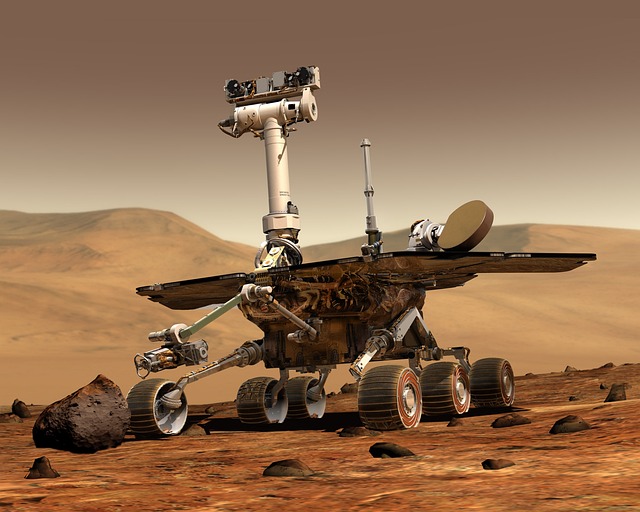Revolutionizing Education: The Impact of Collaborative Robots on Learning
In an era defined by rapid technological advancements, the concept of collaborative robots, or cobots as they are often referred to, is reshaping how we perceive and engage in the learning process. These intelligent machines are no longer confined to factories and assembly lines; they are stepping into classrooms and educational settings, presenting innovative possibilities that enhance collaboration, creativity, and critical thinking among students.
The Essence of Collaborative Robots in Education
Imagine a classroom where students are no longer passive recipients of information but active participants in their education. With the integration of collaborative robots, this vision is becoming a reality. Cobots have the potential to work alongside students and educators, facilitating hands-on learning experiences that ignite passion and curiosity.
Enhancing Interaction and Engagement
One of the most profound effects of incorporating collaborative robots into the educational landscape is their ability to foster deeper interaction and engagement. These robots can assist in a variety of tasks, from programming and coding workshops to interactive STEM projects, allowing students to explore complex subjects in a playful and approachable manner. This sensory engagement not only captivates learners but also encourages teamwork and collaborative problem-solving.
Bridging the Gap Between Theory and Practice
In traditional educational settings, students often find themselves grappling with abstract concepts that can feel distant from real-world applications. Collaborative robots serve as a bridge between theory and practice, illustrating the practical value of what students learn. By interacting with these machines, learners can see firsthand how theoretical knowledge is applied in tangible scenarios, transforming their understanding and retention.
Empowering Educators
Furthermore, collaborative robots empower educators by alleviating administrative burdens and providing tailored support to students. With their assistance, teachers can focus on personalized teaching strategies, ensuring that each student receives the individual attention they need to thrive. The result is not only a more efficient learning environment but one where educators are equipped to inspire and nurture the next generation.
A New Frontier for Skills Development
As we venture into a future dominated by technology, the importance of developing skills such as coding, robotics, and critical thinking cannot be overstated. Collaborative robots facilitate this process by providing students with a platform to experiment, innovate, and learn from failure. This trial-and-error approach cultivates resilience and adaptability, essential traits in today’s ever-evolving job market.
Fostering a Culture of Inclusivity
In addition to enhancing educational experiences, collaborative robots can foster a culture of inclusivity. By breaking down barriers to learning, they allow students of different abilities to collaborate effectively. This inclusive approach not only enriches the learning environment but also helps build social skills and emotional intelligence among peers.
As we continue to explore the role of collaborative robots in education, it becomes clear that they hold the potential to revolutionize how learning occurs. By embracing this technology, we are not merely changing the tools we use for education; we are redefining the very nature of learning itself—making it more interactive, engaging, and accessible for all.




